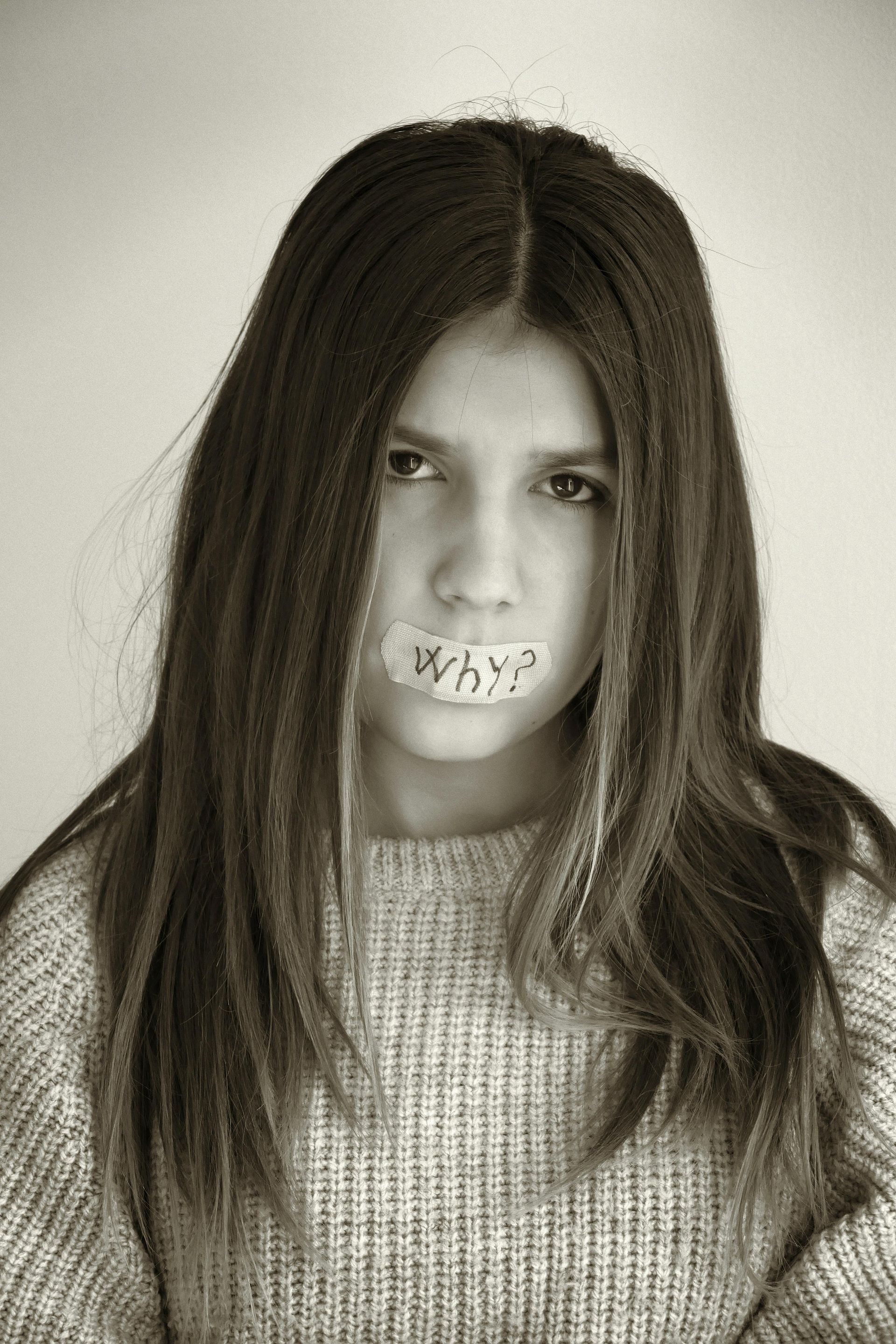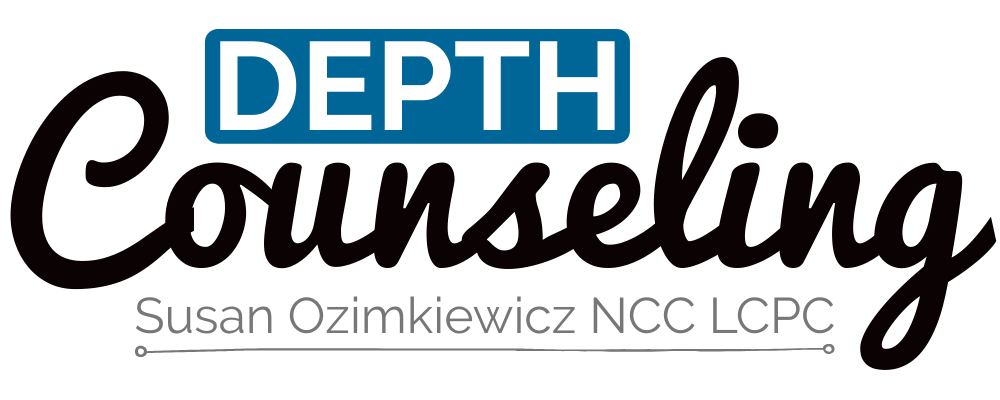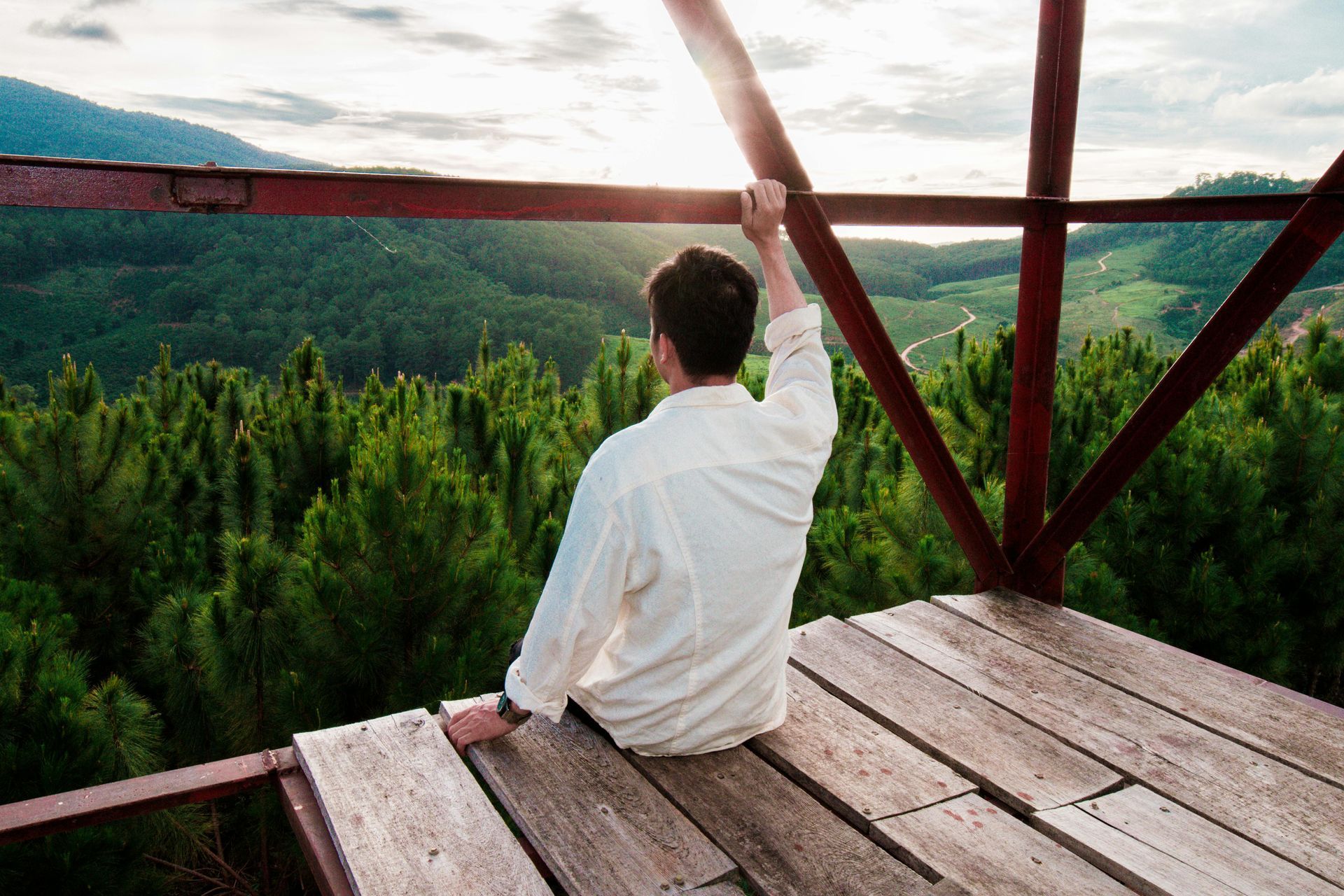The Spirit of Fear
For God hath not given us the spirit of fear; but of power, and of love, and of a sound mind. 2Timothy 1:7
Often, I work with people who are anxious, afraid, panicky and fearful about their life. Their fears are about the unknowns and the future. Consternation about fear can cause a state of confusion with an inability to decide because there is no guarantee. Some people can hardly seem to name, categorize or label their encounter with fearing their fears.
Judaism describes two ways of thinking about fear, Pachad and Yirah. Pachad , is about irrational and imaginal thinking or over reaction to worrying about the “what ifs” of life. Yirah , is about the fear of power, the sacred that might touch you or the presence of God in some way that produces an inner body shaking and trembling is felt as a reverent awe.
The Root of Anxiety.
A person might encounter anxiety through their physical response when challenged by a fear and label the sensation anxiety. Also, the experience of fear through fear-based thinking can produce anxiety. The ability to differentiate the two, fear or anxiety, can help you to process your experience.
There are many levels and types of fear. They run the gamut just like a bell curve starting with the vaguest to the most extreme panic attack that feels like it could kill them in a flash. Rational fears happen when there is a real imminent threat. Primal fear is the fear from the Amygdala that is programmed in our brain since birth. Irrational fear are the ones that are imagined and do not make reasonable or logical sense.
The word fear is the general term that is used to describe this dynamic and perhaps anxiety is a constant companion along with feeling afraid all the time. The spirit of fear can trigger a person to want to hide or contract them self as they meet an opposition, persecution, or a struggle. The spirit of fear feels like a force that comes over you and captures you in a state of anxious fear which is hard to lift and come out from under it to breathe free again.
Courage
“What is needed, rather than running away or controlling or suppressing or any other resistance, is understanding fear; that means, watch it, learn about it, come directly into contact with it. We are to learn about fear, not how to escape from it.” Krishnamurti
The opposite of fear can be different things to different people. Some of the feeling states of mind needed to counteract fear might be faith, prayer, trust, peace, calmness, or courage. The root of the word courage is cor. It is the Latin word for heart. In one of its earliest forms, the word courage had a very different definition than it does today. According to the dictionary the word courage originally meant “To speak one’s mind by telling all one’s heart.” Courage can be a quality of spirit inside a person that harnesses bravery, guts, and daring to face their fear and move through it instead of avoiding it. The use of courage is a spiritual quality that can be used to overcome fear such as having the courage to drive again after an accident, to be successful or even to be disliked.
When there is any type of feeling of fear a very simple exercise to meet the fear is to feel your feet on the ground, and as you breathe in say “here” and as you breathe out say “now.” This is a grounding exercise that can quickly bring you back to the present moment in the here and now with a feeling of steadfastness.
Another way to know more about a current fear is to say, “When I am scared that_________ then I am afraid that__________.
“If we had the luxury of certainty, we wouldn’t need courage.” ─ Robert J. Furey, PH.D.







